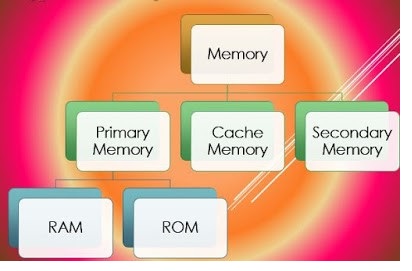CPU (Central Processing Unit)
Its work like a manager of a company. It accepts a request from Input unit, then guides, directs, controls and governs the performance of the computer. It has three functional units:
1. CU (Control Unit)
2. ALU ( Arithmetic and Logic Unit)
3. Memory Unit
1. CU (Control Unit):
It accepts the request from CPU and does not perform any task itself. It determines, guides and control the request and then send it to ALU.
2. ALU (Arithmetic and Login Unit):
ALU accepts the request from CU and performs the required task. It checks the request for what kind of task to be performed such as arithmetic operation (Addition, Subtraction, Multiplication or Division) or Logical comparison such as (Less Than, Greater Than etc.). After completion of the task, it sends the request to the next unit.
3. MU (Memory Unit):
It is the next functional unit of computer organization. It is responsible for storing data into computer storage locations. It stores data permanently or temporarily. Further MU is divided into two kinds of memory as follows:

Primary Memory
Primary memory is also known as the main memory. Primary memory is a space where users can open their files for work. It works just like a table or desk in our offices. It saves data temporarily. It is classified as into the following categories:
1. RAM
2. ROM
3. Cache Memory
RAM (Random Access Memory)
Data can be accessed randomly. It is volatile memory i.e. when power gets off data will be lost.
ROM (Read Only Memory)
It plays an important role in performing POST(Power On Self Test). It will check all the connected devices are working properly or not. Data cannot be edited once written.
Cache Memory
It is used to increase the speed of operations of CPU. It is placed between RAM and CPU. It stores the copies of data from frequently accessed memory locations that reduce the average time required to access data. This memory is examined first when the CPU needs some data.




